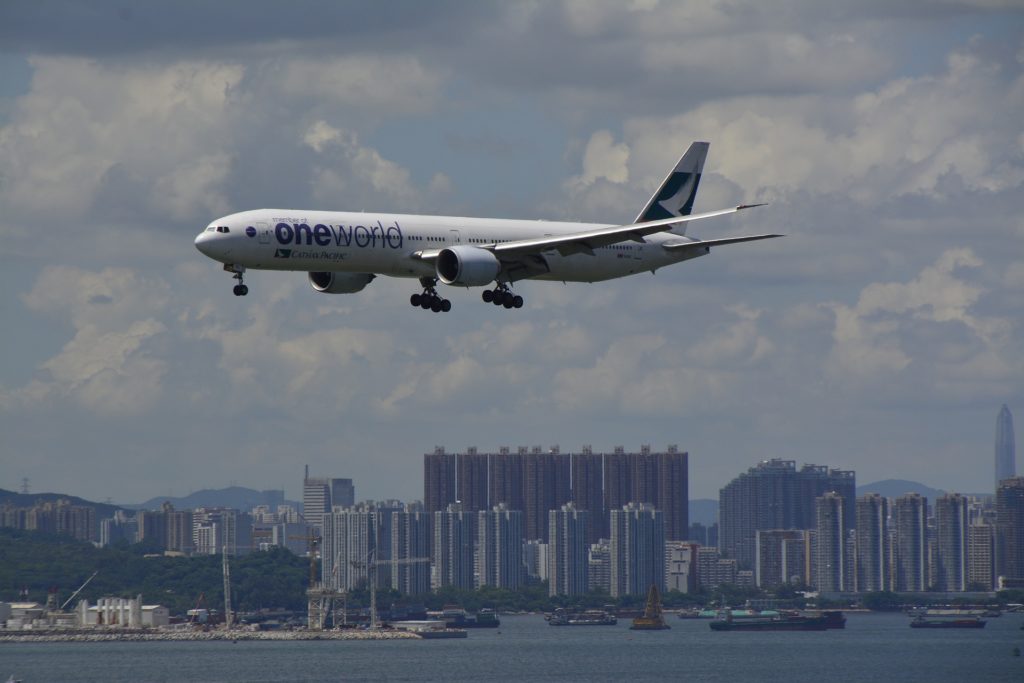ACI Asia-Pacific has released its preliminary 2018 traffic results showing an increase in air travel of 6.6% for Asia-Pacific and 2.1% for the Middle East.
According to ACI, the year started off with robust passenger demands but growth began easing throughout the second half of 2018. In Asia-Pacific, most of the growth continued to be generated in China and India. The two countries together contributed more than 60% of the traffic increase in the region. In the Middle East, passenger traffic growth showed a larger degree of volatility, trending downward as demands softened.
In terms of air freight, Asia-Pacific and the Middle East declined 2.5% and 0.9% respectively due to the weakened global economy, reduction in exports and manufacturing activities. Among the top 10 cargo hubs, Doha (DOH) posted the highest growth rate (+6.8%), followed by Guangzhou (CAN) with +4.7% and Dubai (DXB) with +2.3%.
For the year 2018, air freight in Asia-Pacific and the Middle East grew marginally at +2.4% and +0.1% respectively. Both regions experienced a slowdown in the second half of the year. Uncertainties resulting from trade disputes and slower economy was ameliorated somewhat by growth in the e-commerce and pharmaceutical sectors.
The impact and uncertainties of the trade war between China and the USA will continue to cast a shadow over the air freight demands in 2019.

